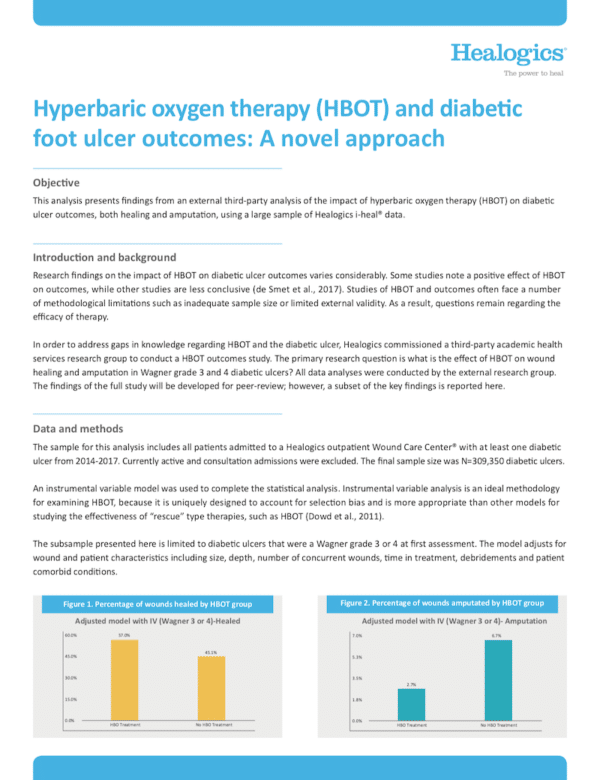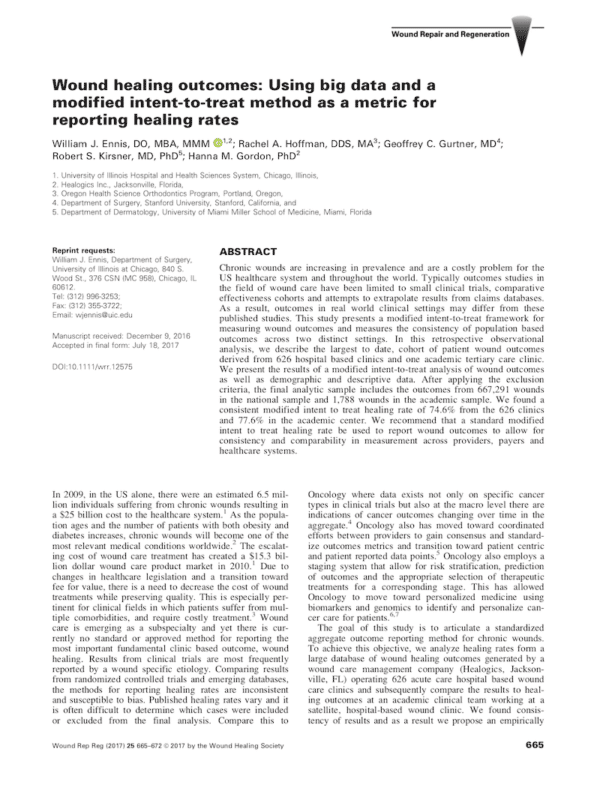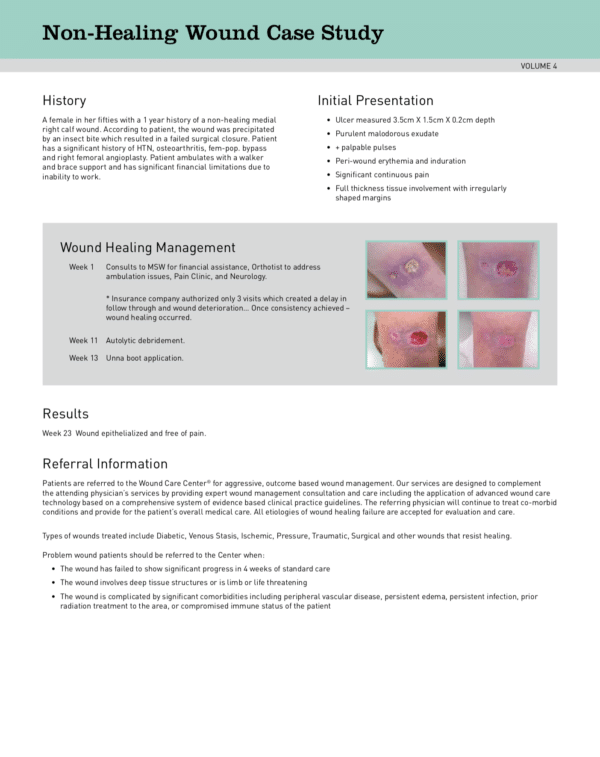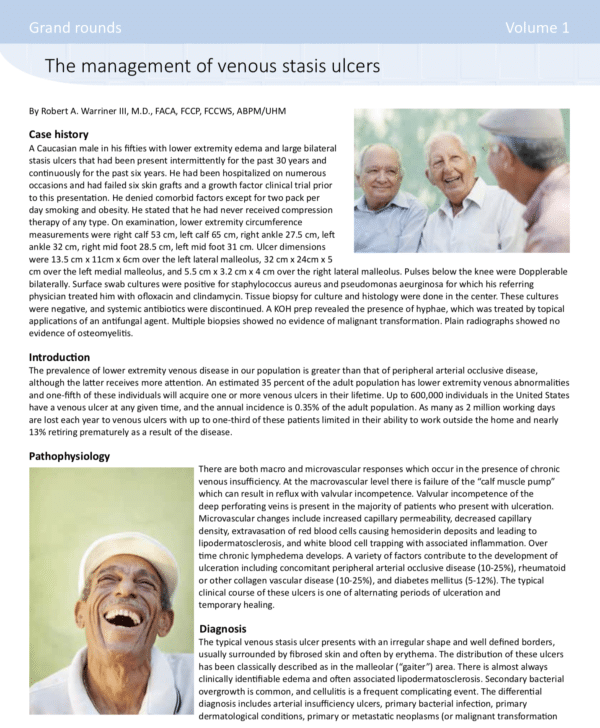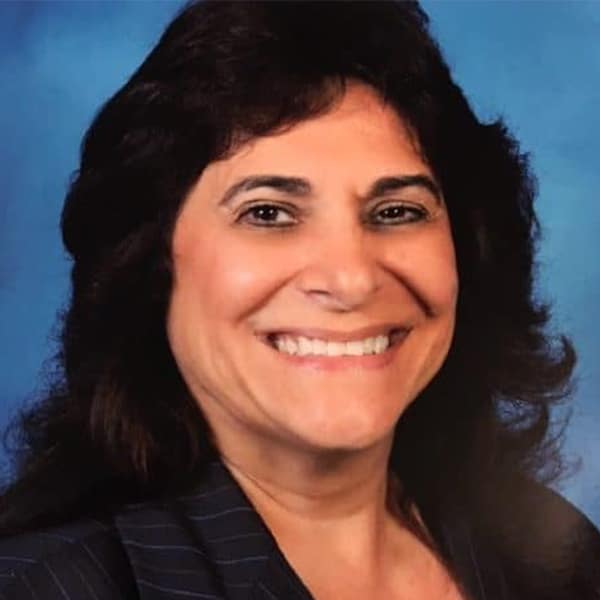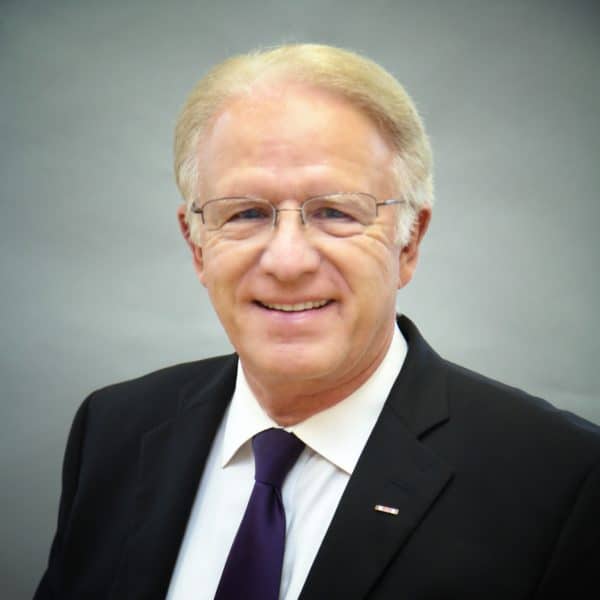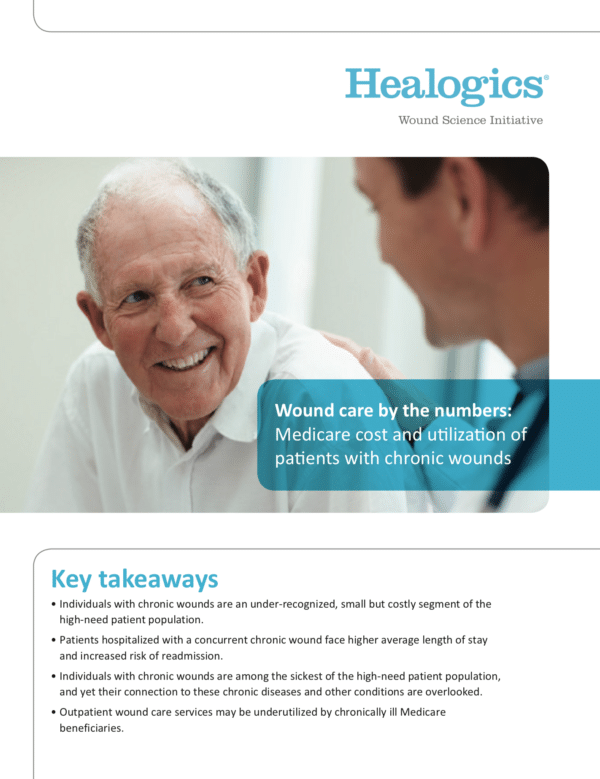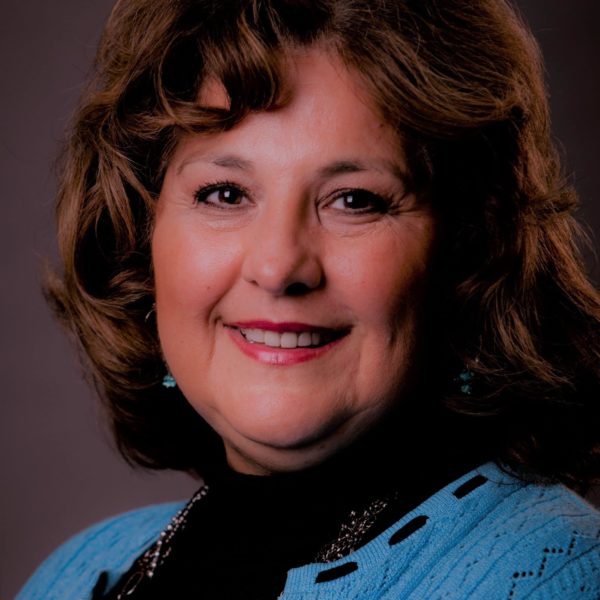This analysis presents findings from an external third-party analysis of the impact of hyperbaric oxygen therapy (HBOT) on diabetic ulcer outcomes, both healing and amputation, using a large sample of Healogics i-heal® data.
Learn More
Quality of Care Would you send your mother or father to your wound care center? How many of your patients are getting healed and in how long? Efficiency, Cost and Utilization Is your wound center profitable? How productive is your current staff compared to national benchmarks? Are you using wound care supplies and consumables effectively?…
Learn More
This study presents a modified intent-to-treat framework for measuring wound outcomes and measures the consistency of population based outcomes across two distinct settings. In this retrospective observational analysis, we describe the largest to date, cohort of patient wound outcomes derived from 626 hospital based clinics and one academic tertiary care clinic. We present the results of a modified intent-to-treat analysis of wound outcomes as well as demographic and descriptive data.
Learn More
"Healogics has taught me how to provide wound care at the highest level where I can achieve the best outcomes. I enjoy getting to know my patients and helping to educate them on their wounds and ways to facilitate healing."
Learn More
A female in her fifties with a 1 year history of a non-healing medial right calf wound. According to patient, the wound was precipitated by an insect bite which resulted in a failed surgical closure. Patient has a significant history of HTN, osteoarthritis, fem-pop. bypass and right femoral angioplasty. Patient ambulates with a walker and brace support and has significant financial limitations due to inability to work.
Learn More
The prevalence of lower extremity venous disease in our population is greater than that of peripheral arterial occlusive disease, although the latter receives more attention. An estimated 35 percent of the adult population has lower extremity venous abnormalities and one-fifth of these individuals will acquire one or more venous ulcers in their lifetime.
Learn More
"There is always ongoing education and information when it comes to the latest and greatest in advanced wound care. As a Healogics employee, I have access to this information. We never stop learning and this in return provides us the opportunity to grow and be experts in our field."
Learn More
"During my tenure with Healogics I have had the opportunity to take on new roles with more complex challenges and greater accountability"
Learn More
To advance insights and perspectives on how to better manage the care of patients with chronic wounds and to stimulate potential solutions for improving outcomes and reducing
costs for this vulnerable, majority 65+ population, Healogics analyzed 2014 Centers for Medicare & Medicaid Services (CMS) Part A and B standard analytic files for care utilization and cost trends. This white paper synthesizes information and insights gleaned from the analysis, keeping in mind potential areas of opportunity to improve care and outcomes.
Learn More
"The greatest reward for me is witnessing the literal transformation of a patient who enters our center hopeless, afraid, and helpless to one who is restored to a better quality of life."
Learn More

